wasps
live better.
live pest free.
understanding wasps
Wasps are stinging insects that play important ecological roles but often become serious nuisances when they nest near homes. Unlike bees, most wasps can sting multiple times, and they defend their colonies aggressively if threatened. Their colonies can grow quickly in warm months, making control an urgent priority when they appear around patios, playgrounds, or rooflines.
For a deeper look at their biology, including how long they live, explore our blog on the lifespan of a wasp.
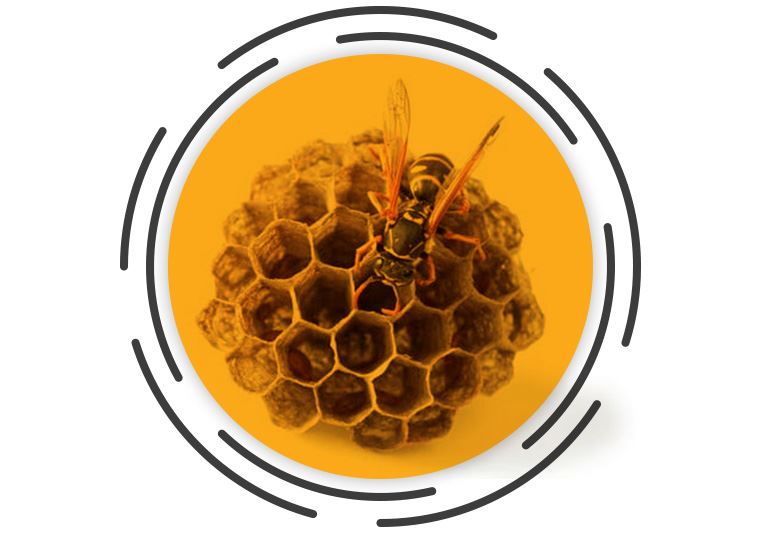

common types of wasps
Paper Wasps. These slender wasps build umbrella-shaped nests from chewed wood fibers mixed with saliva. You’ll often find them under eaves, porch ceilings, or play equipment. Learn more about their nesting behavior in our guide to aerial and paper nesting wasps.
Yellowjackets. Recognizable by their bright black-and-yellow bands, yellowjackets often build enclosed nests underground or inside wall voids. They’re notorious for crashing outdoor picnics and barbecues, especially late in summer when natural sugar sources decline.
Hornets. Hornets create large, enclosed paper nests high in trees or attached to structures. They’re one of the most defensive types of wasps and should never be handled without professional equipment.
Regional Species. Climate plays a big role in which species you’ll see. Our local pest guides explain differences between wasps in Michigan and wasps in Arizona, from nesting habits to seasonal activity levels.
what do wasps eat?
Wasps fuel their flight with sugars such as nectar, ripe fruit, and even spilled soda. Their larvae, however, require protein, so workers hunt insects and spiders to feed developing broods. This balance between sugars for adults and protein for young explains why you see more wasps around food sources late in summer. Our blog on what do wasps eat provides a closer look at their diet and its impact on colony growth.
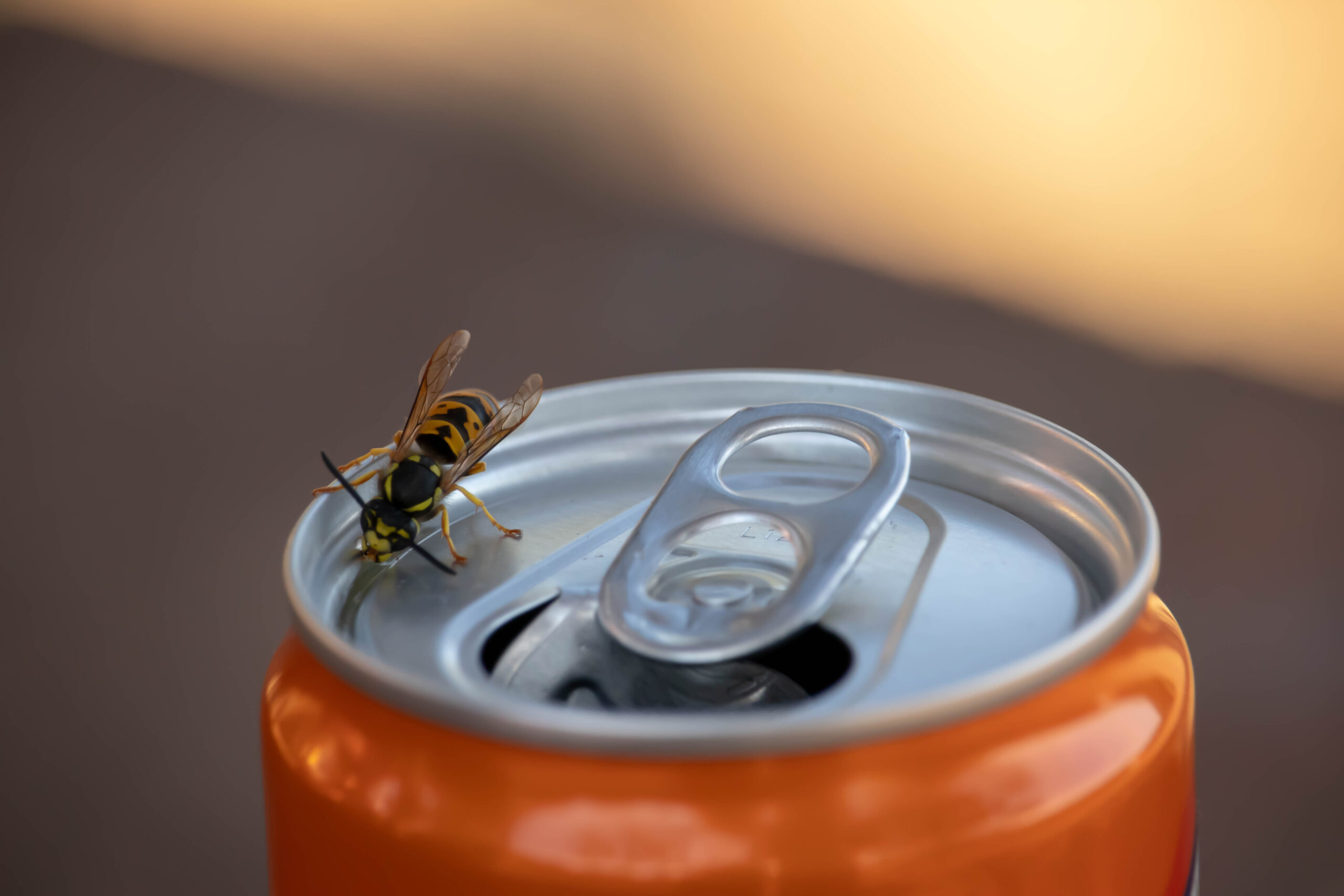
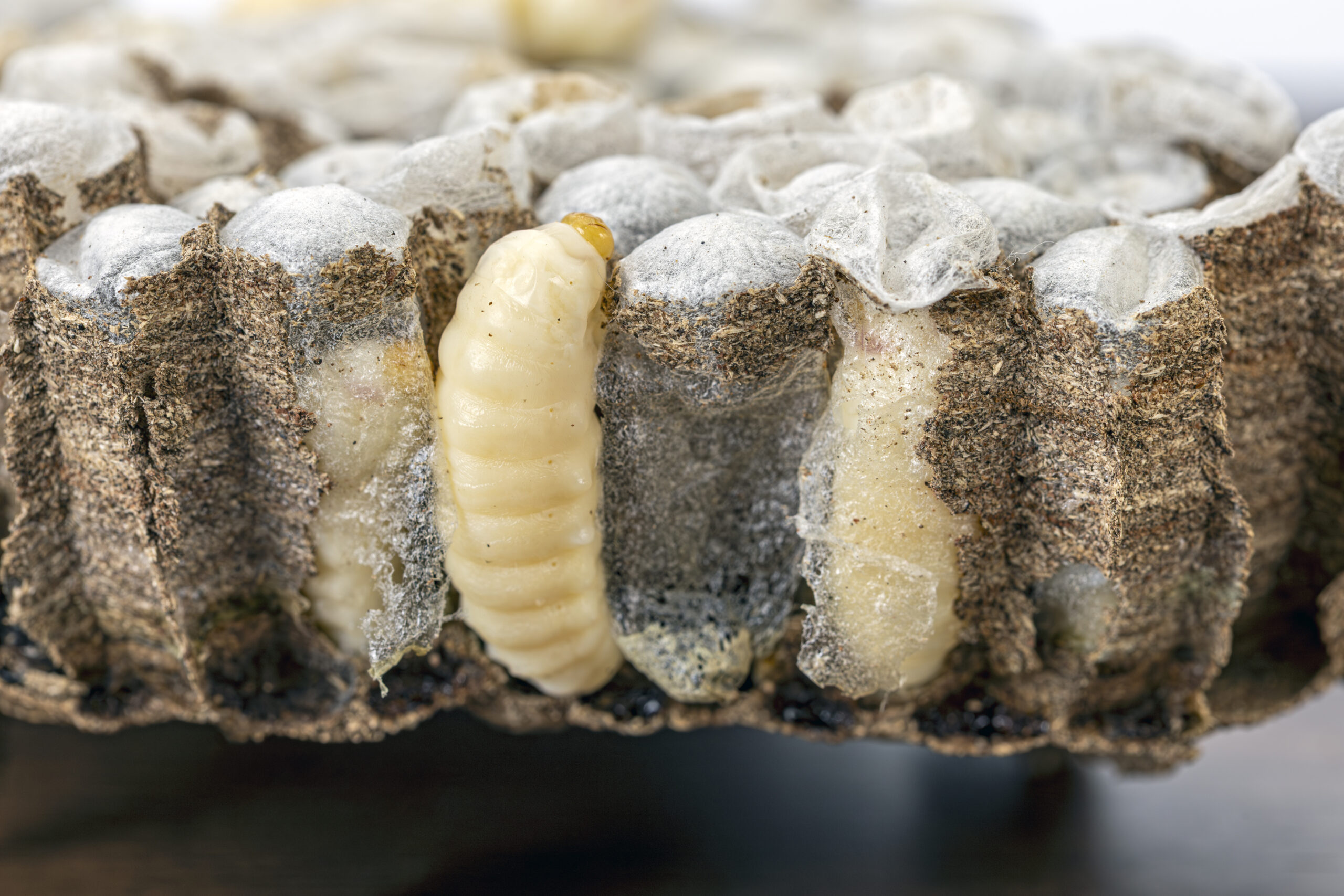
wasp life cycle and behavior
A wasp colony begins when a queen emerges from hibernation in spring. She builds a starter nest, raises her first workers, and then focuses on egg-laying while her workers take over foraging and defense. By late summer, colonies produce new queens and males, while workers become more aggressive in their search for sugars. Only fertilized queens survive winter to start the cycle again.
For more detail, see our blog on the lifespan of a wasp, which breaks down the queen, worker, and drone roles.
health and safety risks
Wasps sting repeatedly, injecting venom that can cause pain, swelling, and in some cases, allergic reactions. Nests built close to homes, play structures, or entryways are especially dangerous. If a wasp makes its way indoors, follow our guide on how to get a wasp out of your house safely, rather than trying to swat or spray.
It’s also important to avoid ineffective DIY methods. Products like a wasp bomb may seem convenient but rarely reach nests in wall voids or attics and can leave harmful residue inside your home.
prevention tips
- Seal entry points around windows, doors, and rooflines.
- Keep outdoor food and drinks covered.
- Pick up fallen fruit from trees.
- Check soffits, eaves, and sheds regularly for small starter nests.
Removing small nests early is far easier than tackling full colonies later in the season.
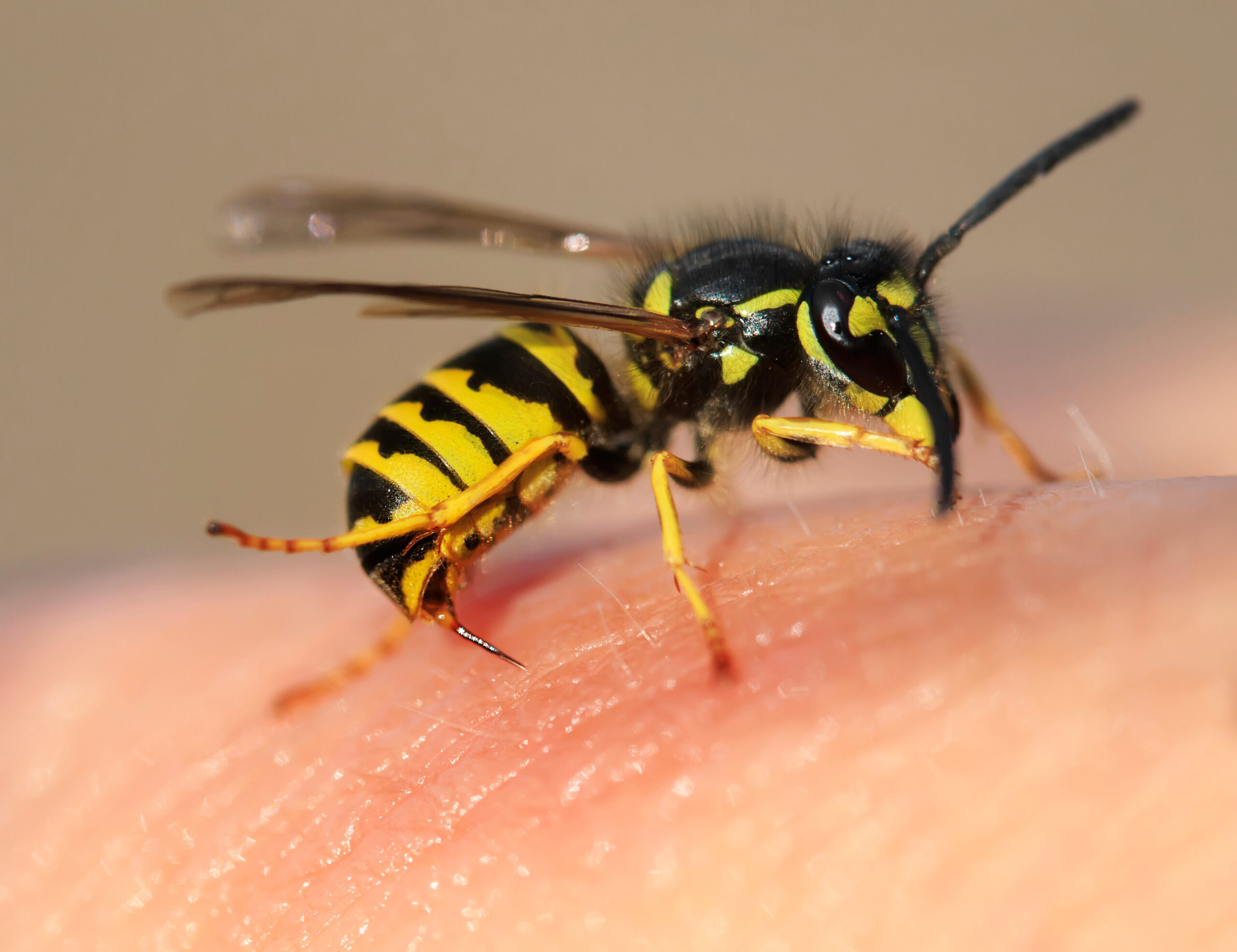
all the proof. you need
top rated in all our service areas
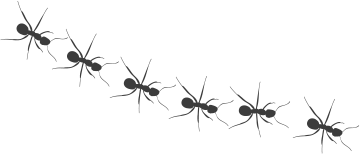

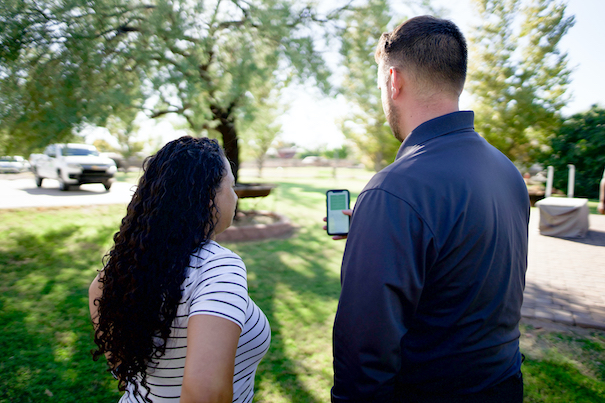
what proof. professionals do to get rid of wasps
Because wasps defend their nests aggressively, attempting removal on your own can lead to stings and incomplete treatment. Our licensed technicians are trained to identify the species, locate the nest, and apply targeted control methods.
Want to learn more about these stinging insects? Visit our complete wasp blog collection for tips, guides, and prevention strategies to help keep your home wasp free.
proof. Pest Control provides complete wasp removal service for both paper wasps and yellow-jackets:
- We can either come out for a one-time treatment to get rid of any nests on your property, or
- Our Pest Free Guarantee™ seasonal service provides complete, year-round protection against wasps, plus protection against insects, mice and 30+ more pests. If you see a wasp nest on your property while on this plan, just give us a call and we’ll come remove it in 1-2 business days at no charge!
For a free yellow jacket or wasp pest control quote, give us a call today at 888.291.5333!



